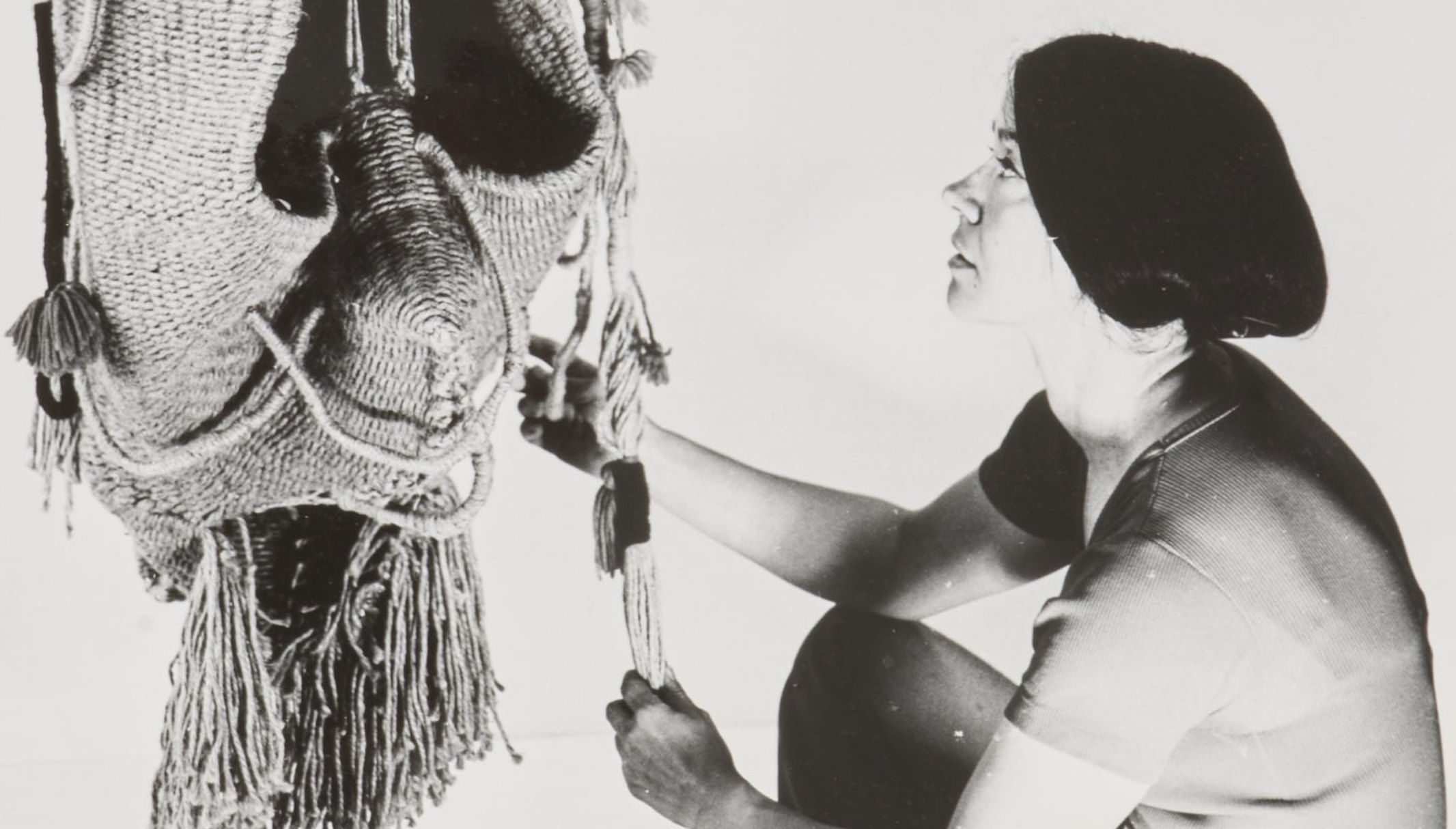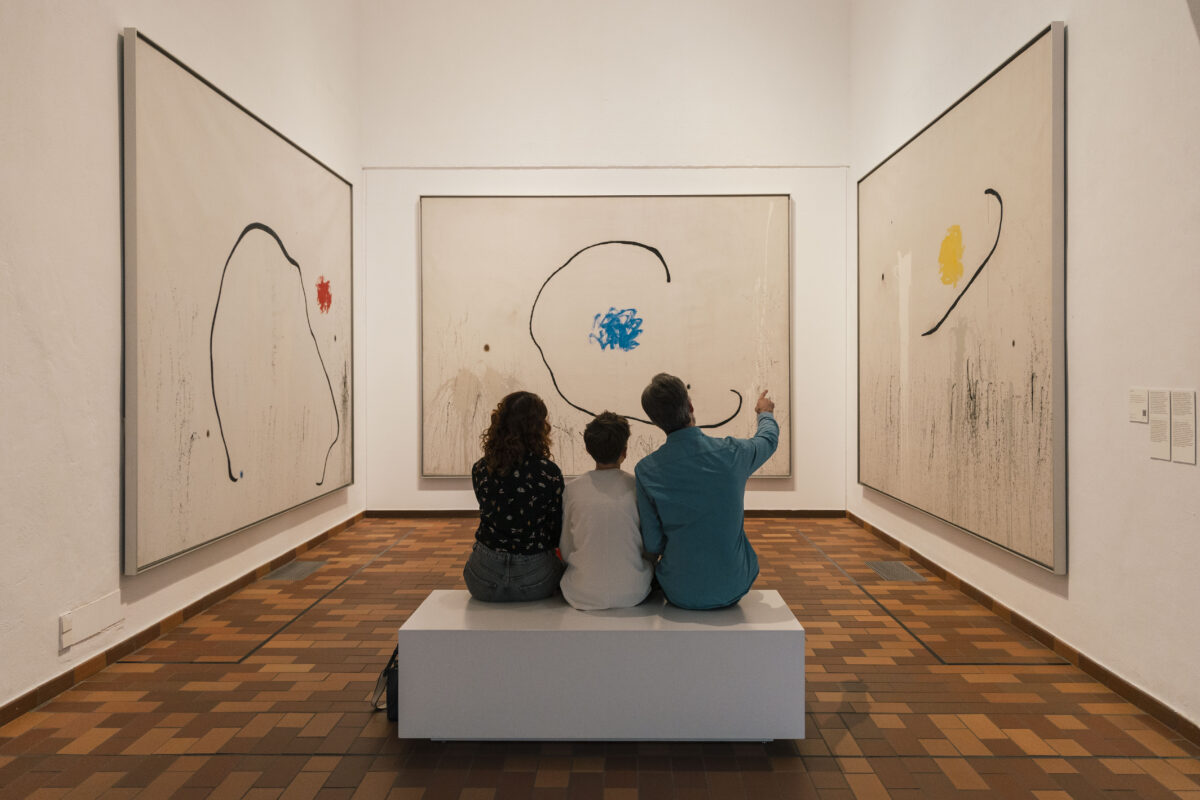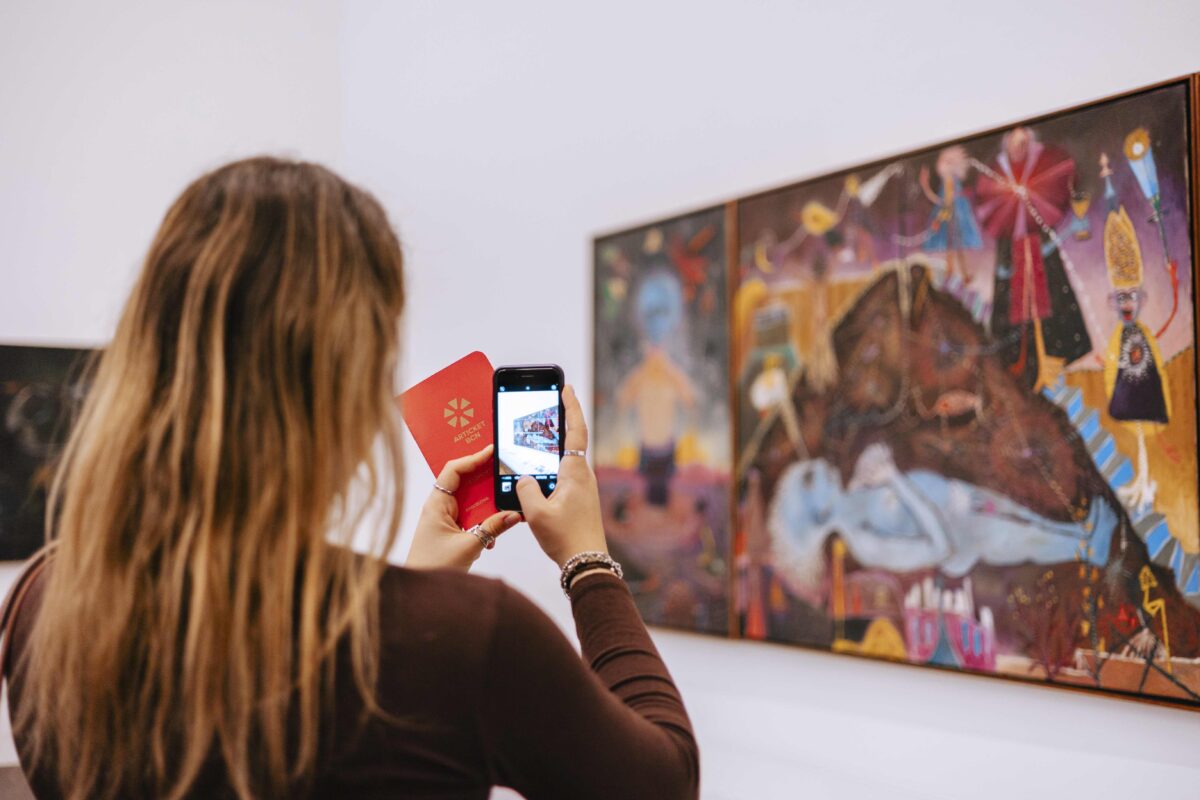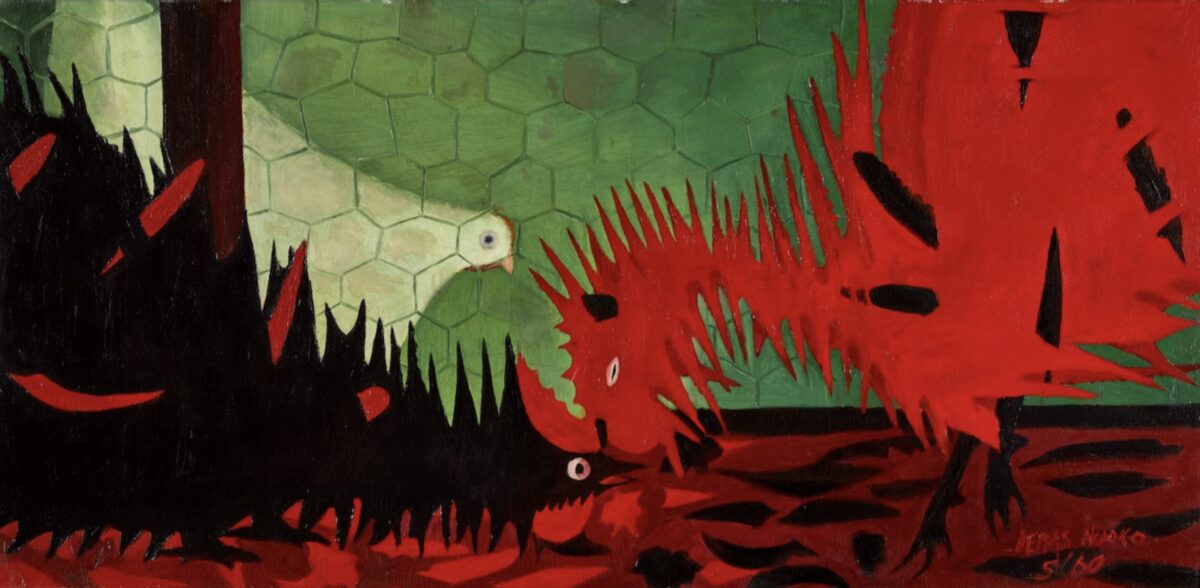In 2025, women are leading the way at the Articket museums, with exhibitions that highlight key female figures in art and culture. From avant-garde women photographers to iconic writers, these are the creators who will dominate the exhibition agenda in Barcelona over the coming months.
Marta Palau at the Museu Tàpies
For the first time and until August 17, Museu Tàpies presents a major retrospective of the artist Marta Palau (Lleida, 1934 – Mexico City, 2022) with the title My Paths are Earthly, which includes drawings, paintings and some of her large textile installations, in dialogue with objects and materials from her archive.
The artist’s relationship with textile originated through her contact with certain ancestral traditions from the American continent. Her apprenticeship with Josep Grau-Garriga, a master textile artist who collaborated with Joan Miró and Antoni Tàpies, among others, was decisive in deepening her knowledge of the tapestry technique. Throughout her career, Palau developed various facets, including the creation of structures to support art and artists, and she was widely recognised at some of the major art events in South America, such as the São Paulo Biennial and the Havana Biennial, among many others. Questions linked to territory, exile or migration accentuate their importance because they are, on the one hand, autobiographical, and on the other, conflicts that are present in our times.
Mercè Rodoreda at the CCCB
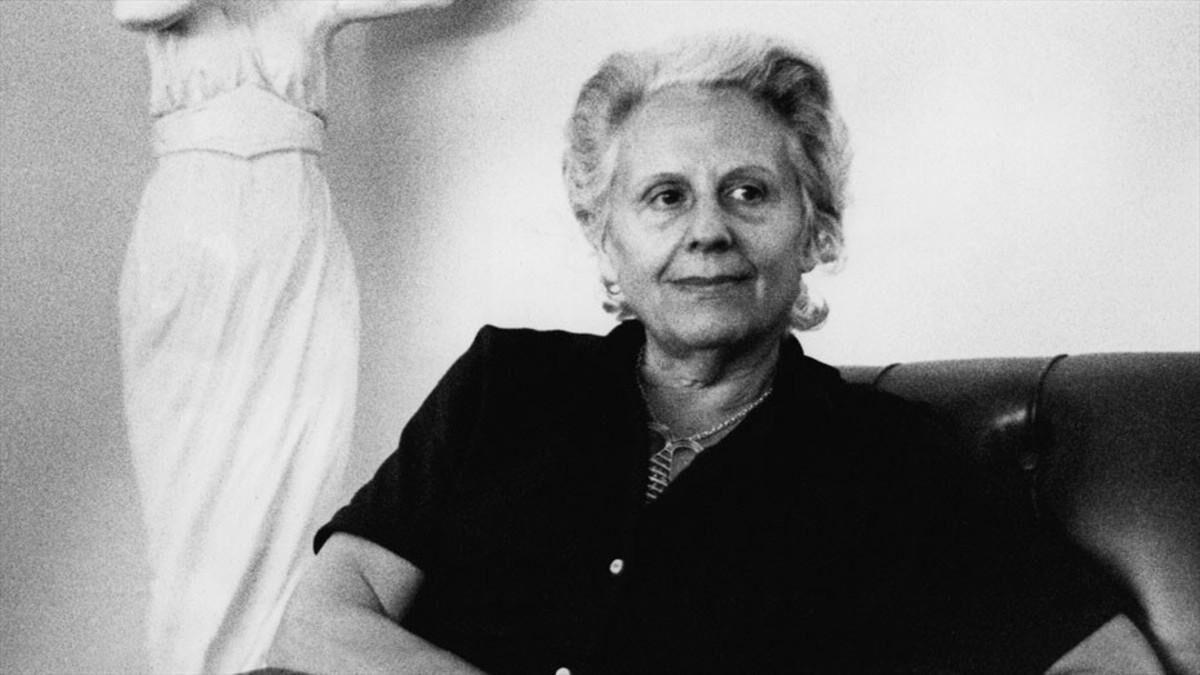
From December 5 you will be able to enjoy the CCCB exhibition, Rodoreda, a Forest which will delve into the Catalan writer’s imaginary and place the radical nature of her literature at the centre. The exhibition proposes a journey through the major themes of her work, understanding them as a complex network of signifiers that, like the roots and branches of a tree, extend into complex and intertwined ramifications of meaning.
Mercè Rodoreda (Barcelona, 1908-1983) is one of the most important Catalan writers of the 20th century. Her work, marked by exile and psychological introspection, is notable for novels such as In Diamond Square and A Broken Mirror. She always maintained a strong link with the Catalan language and culture. She received numerous awards and her influence on contemporary literature lives on. Her literary legacy continues to captivate readers everywhere.
Eugènia Balcells at the MNAC
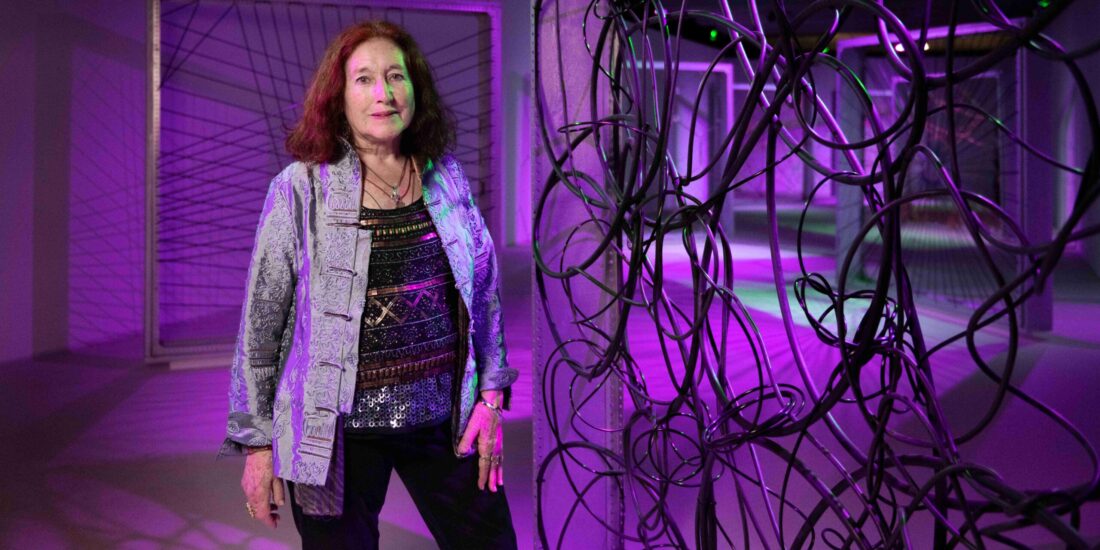
On June 21, the Museu Nacional will present a large video installation by Eugènia Balcells (Barcelona, 1943) in the Oval Room. Created in New York between 1980 and 1982, From the Center is a pivotal work both in the artist’s career and in the history of video art. Marked by great technical complexity and a depth of meaning, it evokes the grand megalithic monuments of antiquity – an “electronic Stonehenge”, in the artist’s own words.
Eugènia Balcells is a Catalan visual artist and a pioneer in video art and conceptual art. Her work explores themes such as light, memory and the relationship between science and art, with iconic pieces such as Frequencies and Universe, where she combines image and sound in an immersive way. She began her career in New York in the 1970s and has exhibited all over the world. Her visual language, often based on physics and astronomy, makes her a key figure in international contemporary art.
Pilar Aymerich at the Museu Picasso
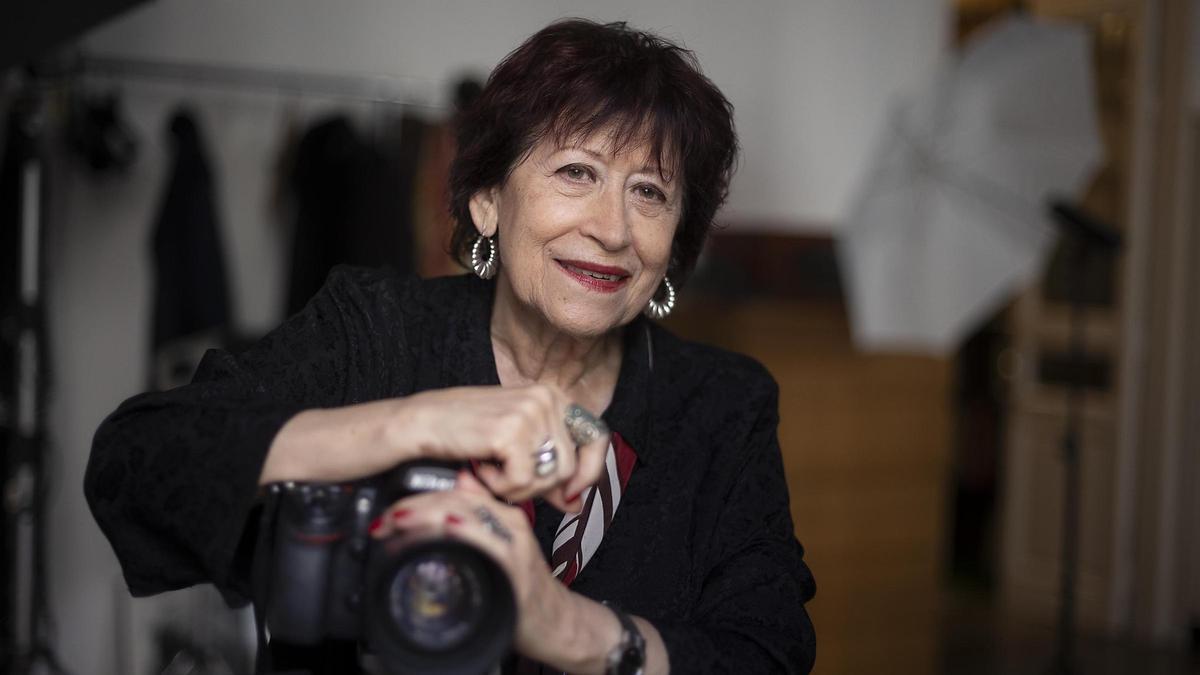
The exhibition Ubú painter on the French playwright Alfred Jarry, which will open on November 28 at the Museu Picasso will bring together works by Alfred Jarry and also by artists from his immediate circle and from the surrealist generation. The exhibition will also deal with the reception of her play Ubú Roi in Catalonia, first performed in 1964 as part of the Adrià Gual School of Dramatic Art. Photographer Pilar Aymerich directed it, made the amateur translation and a report of 36 photographs, some of which were published in Joan Sagarra’s chronicle in La Vanguardia and which you will be able to enjoy in the exhibition.
Pilar Aymerich (Barcelona, 1943) is a photographer renowned for her social commitment and her documentary approach. Through her camera she has captured key moments of the Spanish Transition, in particular the feminist struggles and popular mobilisations. Her work combines sensitivity and denunciation, reflecting everyday life and social changes. She has collaborated with the press, publishing houses and cultural institutions, creating an indispensable visual archive. Winner of the National Photography Prize, her work remains a valuable testimony to recent history.
Helena Laguna Bastante at the Fundació Joan Miró
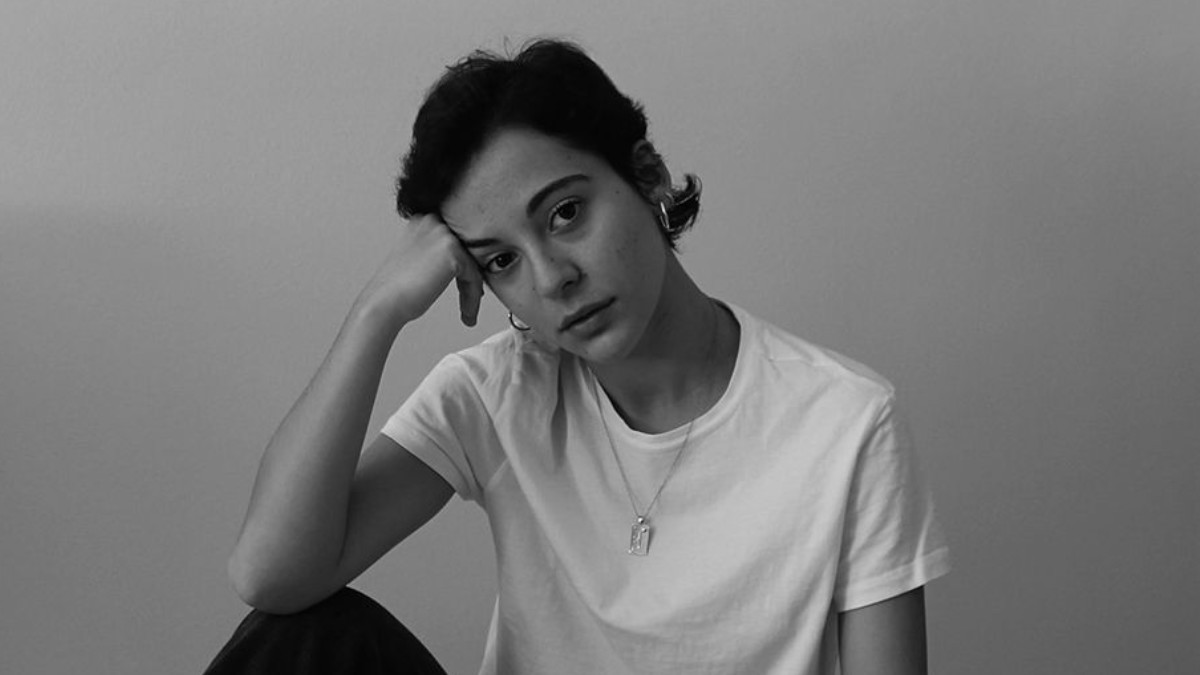
In the Shade of Two Trees is a mediation space created by the artist Helena Laguna Bastante in dialogue with the exhibition Between Two Patios, which you can visit until May 18 at the Fundació Joan Miró. The activity aims to generate a relaxed and meditative space where visitors come into contact with the works of Fina Miralles, Susana Solano and Eva Lootz, based on the memory of the former Espai 10, now Espai 13, formerly located between two emblematic trees of the building: the carob tree and the olive tree. Speculating on the memories of the history of Espai 10 stored in these trees, the artist invites us to listen to their voices. In this way, the room becomes a space for rest, a reflection between species and the practice of alternative forms of active listening.
Helena Laguna Bastante (Terrassa, 1998) is a Catalan interdisciplinary artist and curator. Her work explores the limits of writing and the potential of the body and gestures as an archive. Using various techniques such as sculpture, textiles, performance and installation, she investigates new ways of preserving memory and establishing transgenerational connections.She has participated in group exhibitions in Spain and was awarded the Sala d’Art Jove 2023 Prize. Her current research focuses on textile practices as spaces to relate between bodies of different temporalities.
Teresa Solar Abboud at the MACBA
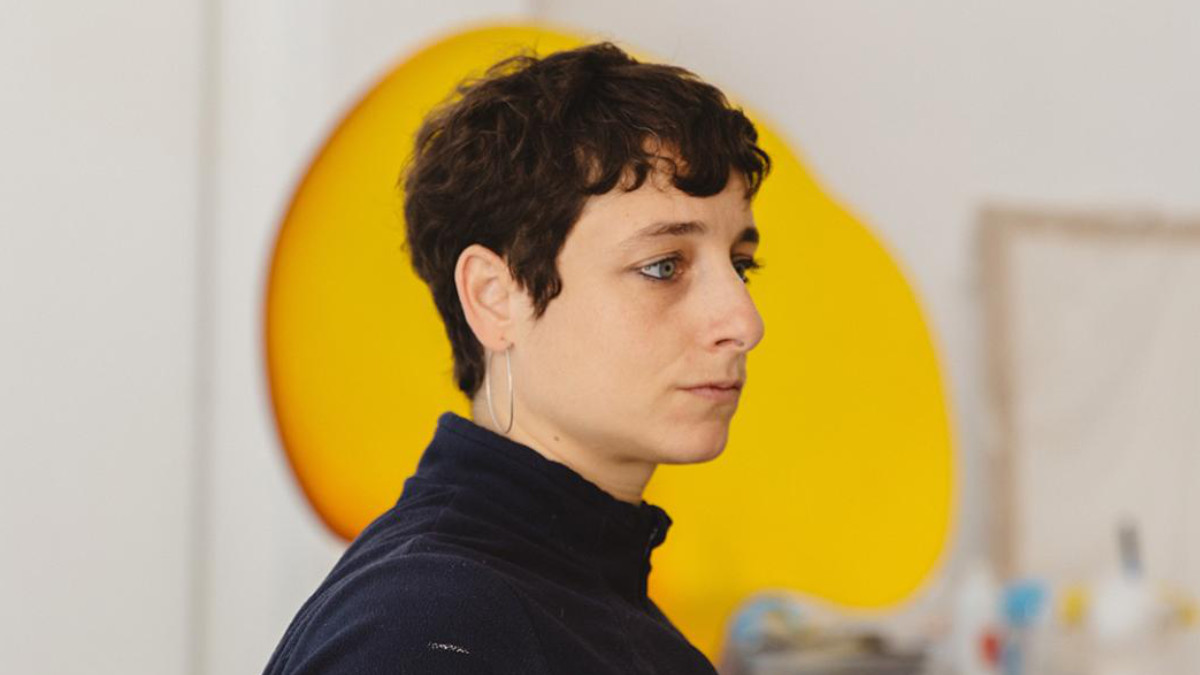
Bird Machine Dream immerses us in the journey of Teresa Solar Abboud’s artistic practice, an artist who since her beginnings has posed the same questions about the encounter between space and time, appealing to a contemporary subject, which is fragmentary and in constant displacement. The MACBA exhibition, which ends on March 9, juxtaposes different moments in the artist’s career, from her beginnings with video experimentation, through her first sculptural attempts with ceramics and bland attempts with other materials, to her own language with large immersive sculptures.
Teresa Solar Abboud (Madrid, 1985) is a multidisciplinary artist who explores matter, language and visual narrative. Her work is inspired by geology, anatomy and science fiction, creating forms that evoke bodies, tunnels and imaginary landscapes. She has exhibited in venues such as the CA2M and the Venice Biennale, establishing herself as a leading voice on the contemporary art scene.
